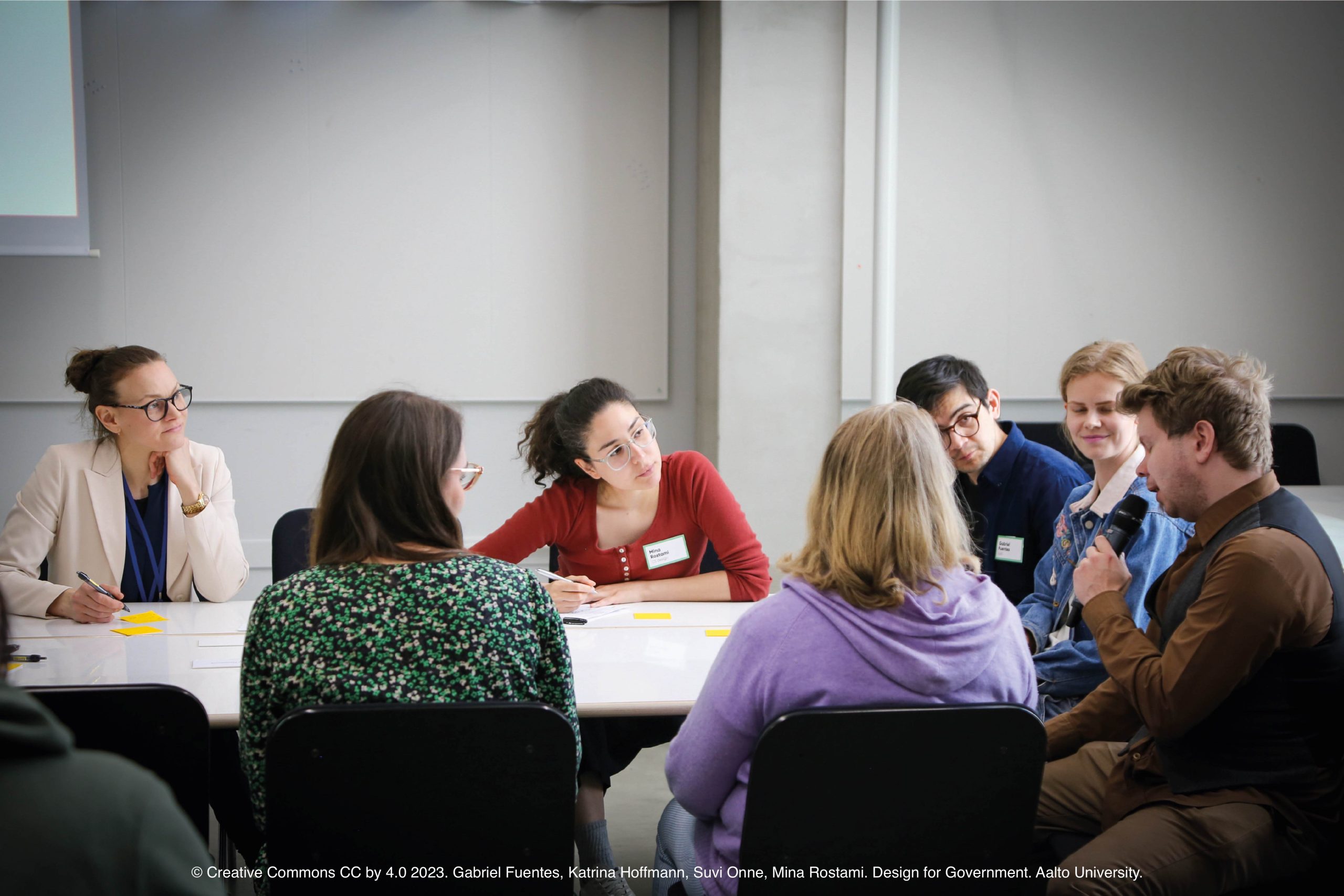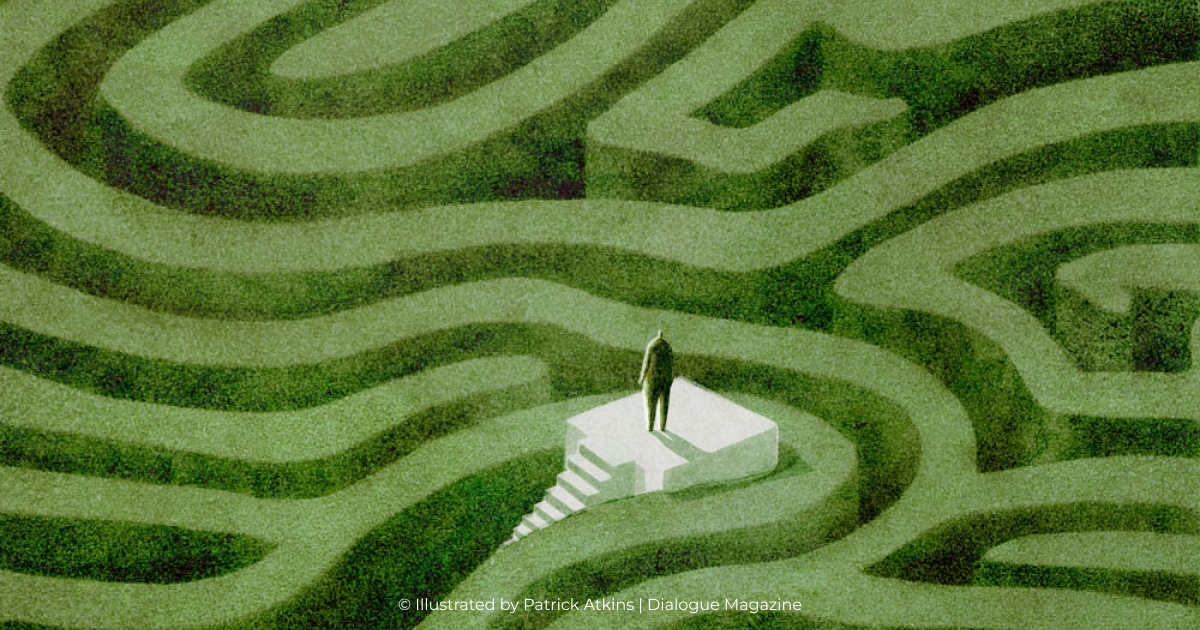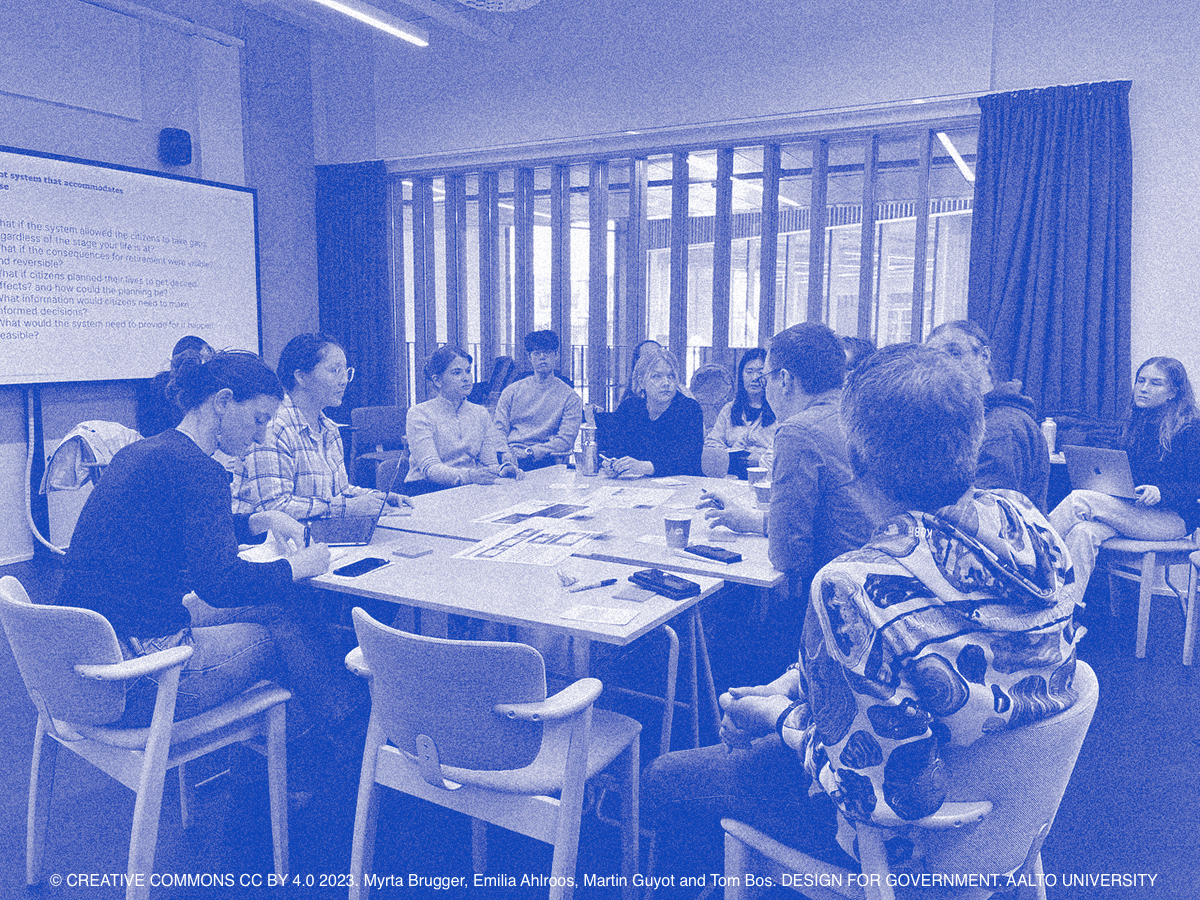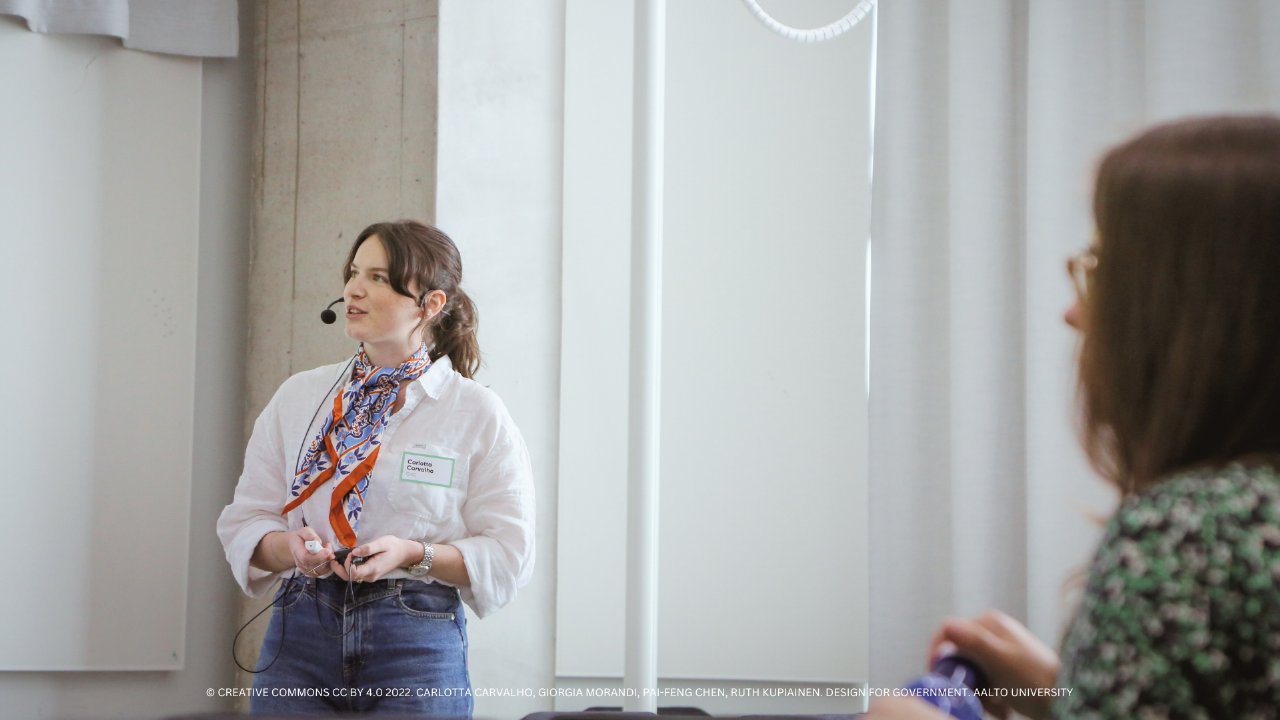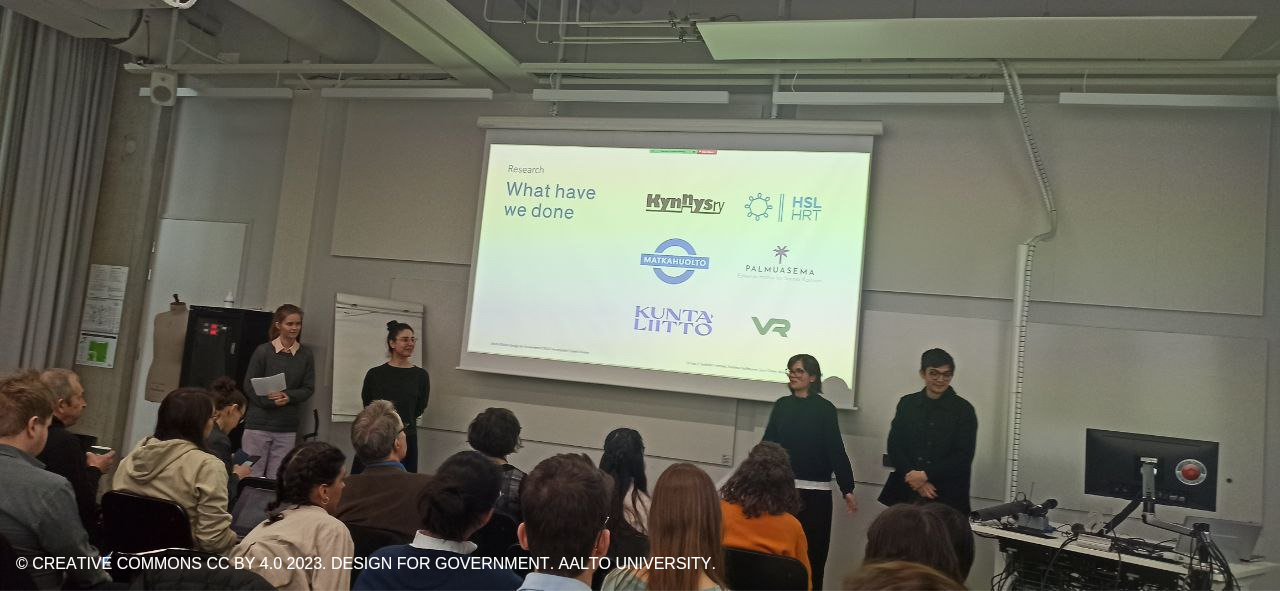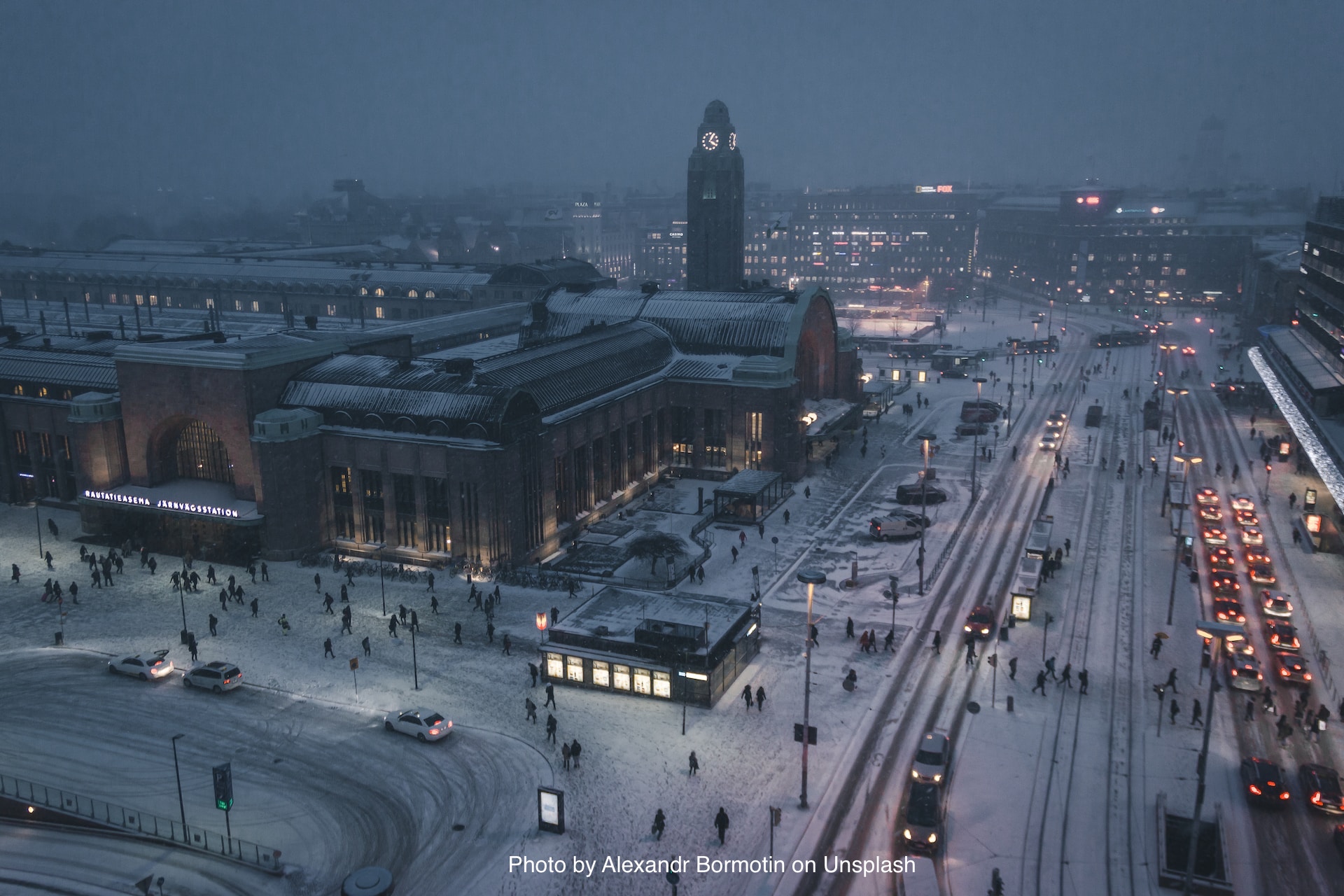Flexibility and resilience: lessons from a journey of design intervention
The public transport system in Finland has issues with working with each other. What is needed is to create a structure for collaboration. Together with the Ministry of Transport & Communications (LVM), Traficom, and the service providers HSL and VR, group 2A looks closer at how to achieve effective collaboration to ensure accessibility in the public transport system.

